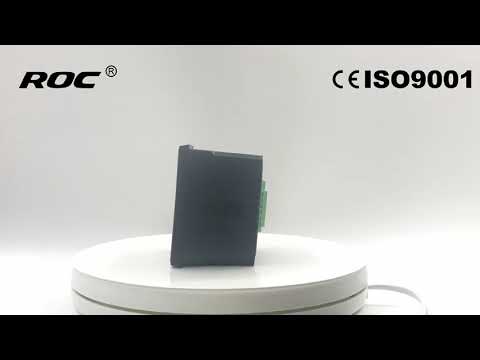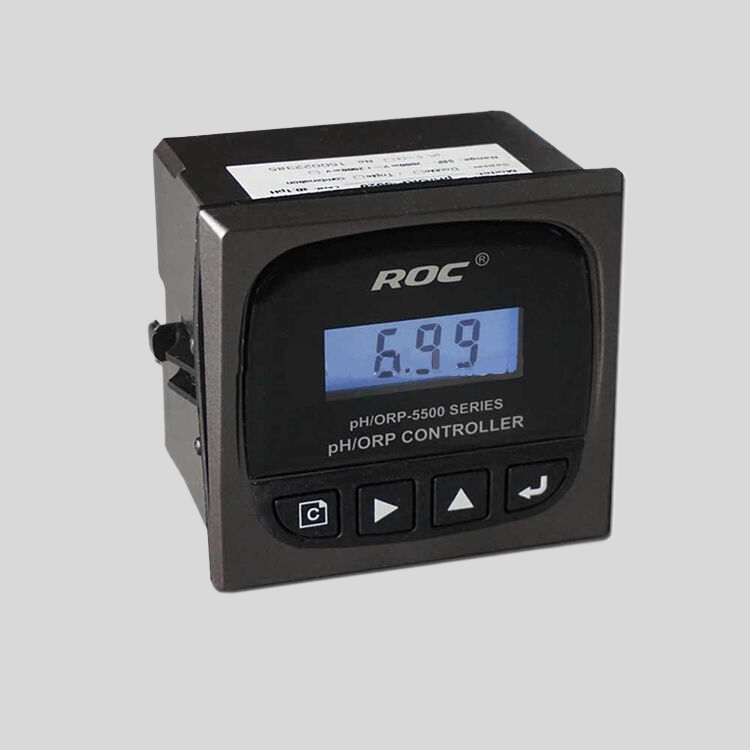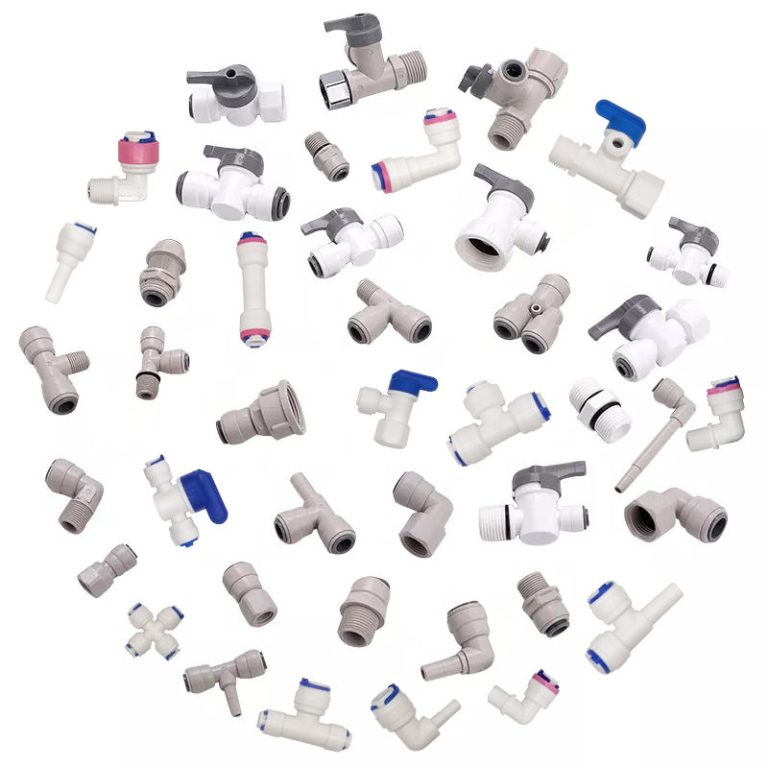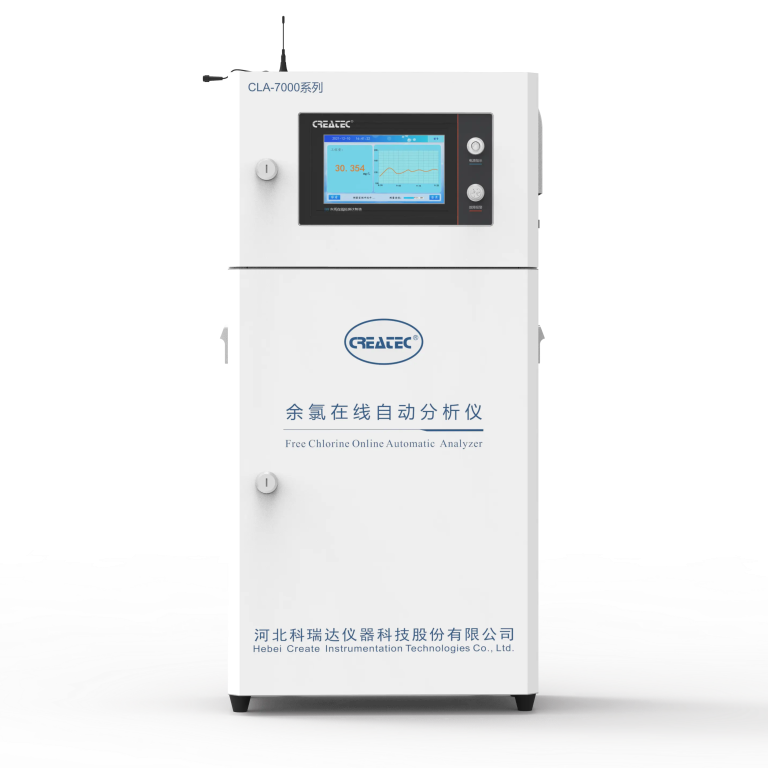Understanding pH Meters: What Do They Measure?
pH meters are essential tools used in various industries, laboratories, and even in everyday life to measure the acidity or alkalinity of a solution. But what exactly do pH meters measure, and how do they work? In this article, we will delve into the world of pH meters to understand their purpose and functionality.
| Model | EC-510 Intelligent conductivity meter |
| Range | 0-200/2000/4000/10000uS/cm |
| 0-18.25M\\u03a9 | |
| Accuracy | 1.5%(FS) |
| Temp. Comp. | Automatic temperature compensation |
| Oper. Temp. | Normal 0\\uff5e50\\u2103; High temp 0\\uff5e120\\u2103 |
| Sensor | C=0.01/0.02/0.1/1.0/10.0cm-1 |
| Display | LCD Screen |
| Communication | 4-20mA output/2-10V/1-5V/RS485 |
| Output | High/Low limit dual relay control |
| Power | AC 220V\\u00b110% 50/60Hz or AC 110V\\u00b110% 50/60Hz or DC24V/0.5A |
| Working Environment | Ambient temperature:0\\uff5e50\\u2103 |
| Relative humidity\\u226485% | |
| Dimensions | 48\\u00d796\\u00d7100mm(H\\u00d7W\\u00d7L) |
| Hole Size | 45\\u00d792mm(H\\u00d7W) |
| Installation Mode | Embedded |
pH, which stands for “potential of hydrogen,” is a measure of the concentration of hydrogen ions in a solution. The pH scale ranges from 0 to 14, with 0 being highly acidic, 7 being neutral, and 14 being highly alkaline. pH meters are designed to measure the pH of a solution accurately and quickly.
The basic principle behind pH meters is the measurement of the electrical potential difference between a reference electrode and a glass electrode immersed in the solution. The glass electrode contains a special membrane that is sensitive to hydrogen ions. When the glass electrode comes into contact with the solution, a potential difference is generated based on the concentration of hydrogen ions in the solution.
To calibrate a ph meter, standard buffer solutions with known pH values are used to set the meter to the correct reading. Once calibrated, the pH meter can accurately measure the pH of unknown solutions by comparing the potential difference between the reference electrode and the glass electrode.
pH meters are used in a wide range of applications, including water quality testing, food and beverage production, pharmaceuticals, agriculture, and environmental monitoring. In water quality testing, pH meters are used to monitor the acidity or alkalinity of drinking water, wastewater, and swimming pools. In food and beverage production, pH meters are used to ensure the quality and safety of products by monitoring the pH levels during the manufacturing process.
In pharmaceuticals, pH meters are used to measure the pH of drug formulations to ensure their stability and effectiveness. In agriculture, pH meters are used to monitor the pH of soil and irrigation water to optimize crop growth and yield. In environmental monitoring, pH meters are used to assess the health of aquatic ecosystems by measuring the pH of rivers, lakes, and oceans.
Overall, pH meters play a crucial role in various industries and scientific fields by providing accurate and reliable measurements of acidity and alkalinity. By understanding what pH meters measure and how they work, researchers, scientists, and technicians can make informed decisions based on the pH data obtained.
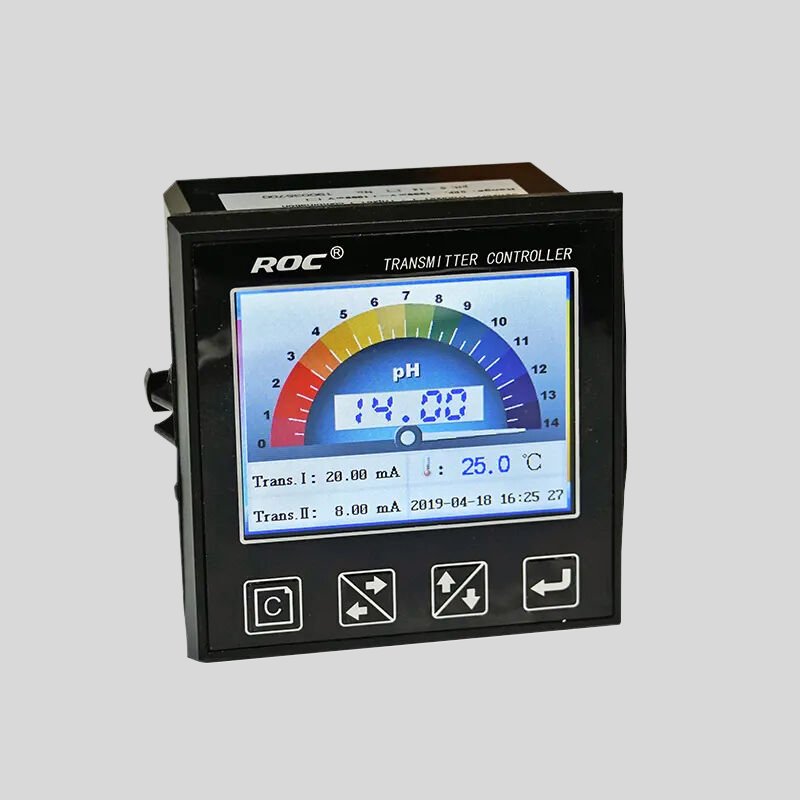
In conclusion, pH meters are versatile instruments that are used to measure the acidity or alkalinity of solutions accurately. By measuring the concentration of hydrogen ions in a solution, pH meters provide valuable information for a wide range of applications, from water quality testing to food production to environmental monitoring. Understanding the principles behind pH meters and how they work is essential for obtaining reliable pH measurements and ensuring the quality and safety of products and environments.

